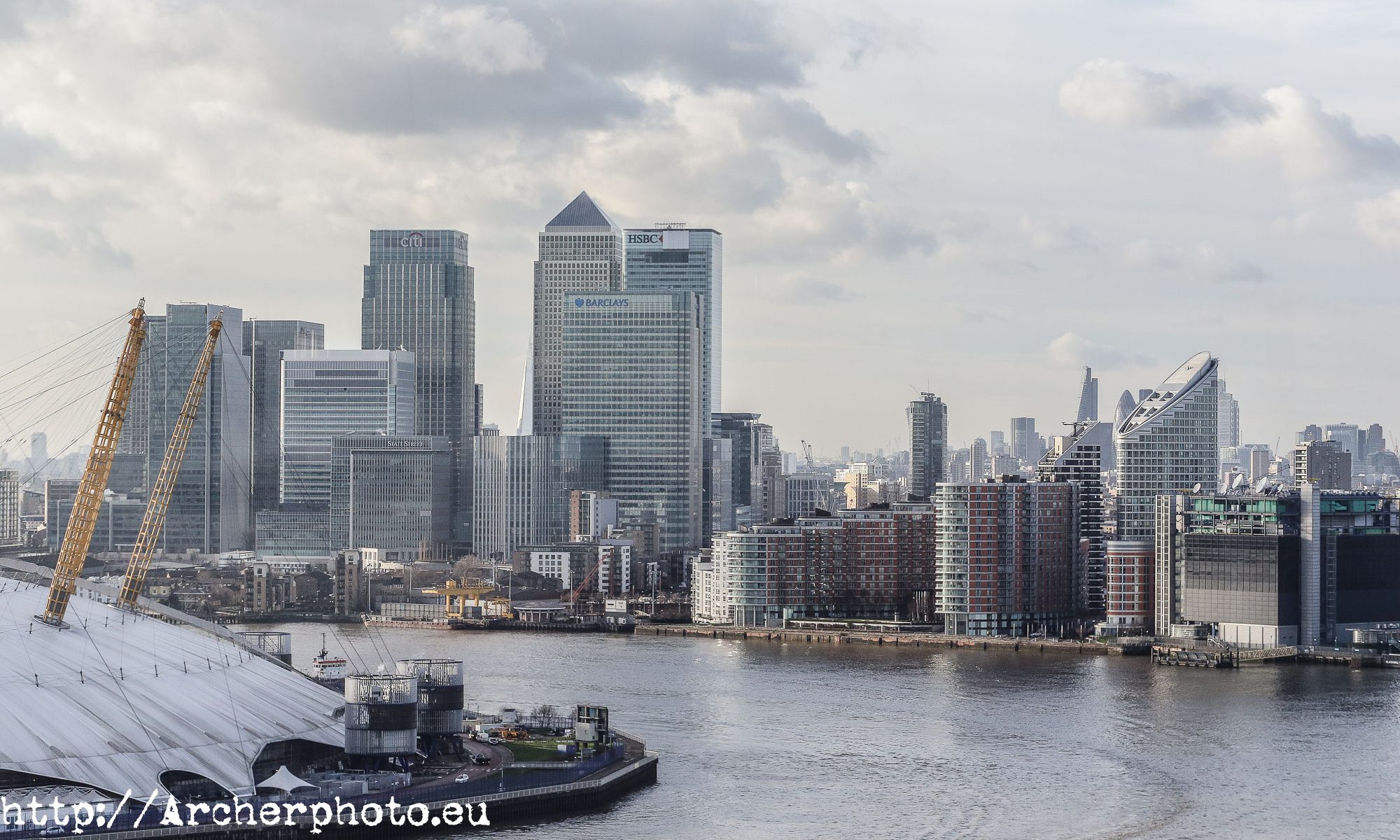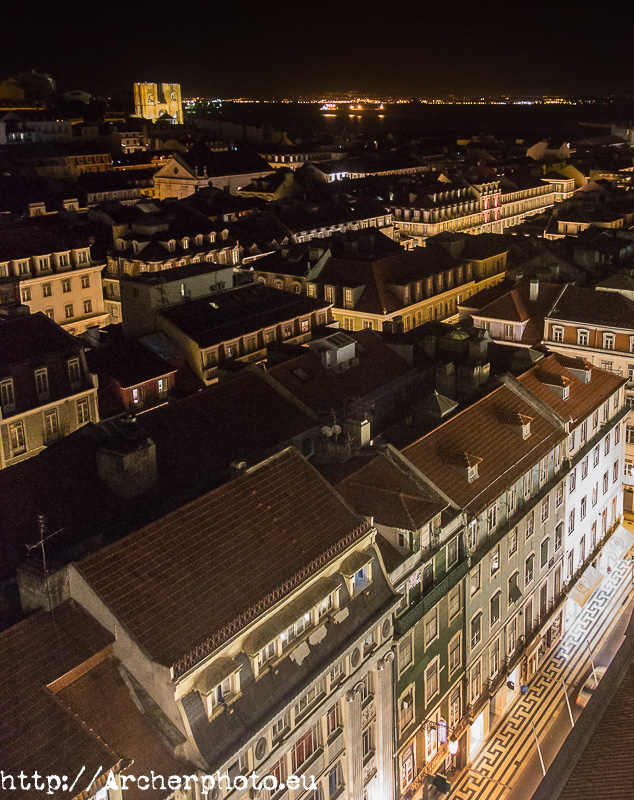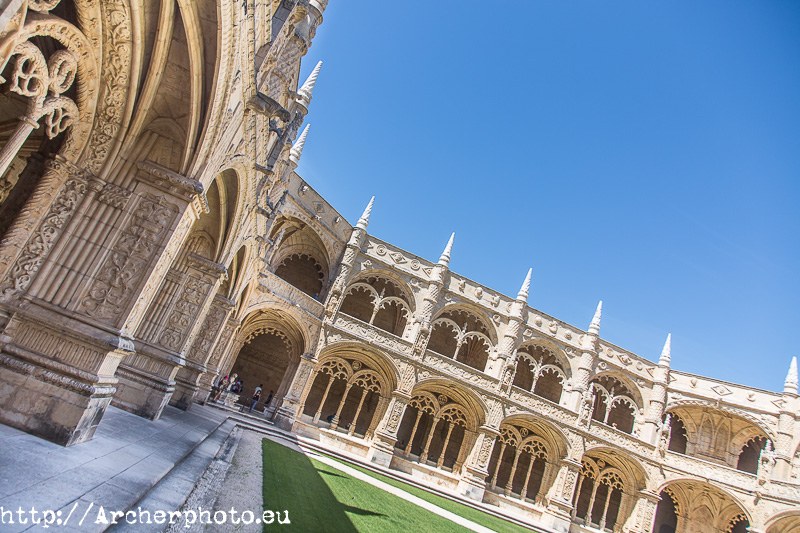A guest post: Nadia Alba writes about Lisbon and I put the photos. So we share the work.
This summer we decided to visit Portugal. There are so many beautiful things to see there… Although in this post I will focus on its most representative neighborhoods. Some of our friends had already traveled to the Portuguese capital and they all said that we would love it. “Lisbon is very beautiful and there are great places to eat,” was the phrase we heard most. What they forgot to say is the amount of slopes that it has, as well as the curious pavement floor that characterizes its most emblematic areas, but that shatters anyone’s feet. I have to say it is worth suffering because the place is wonderful. Luckily, I checked before I packed my suitcase, and I came to the conclusion that this time my heels had to stay at home.
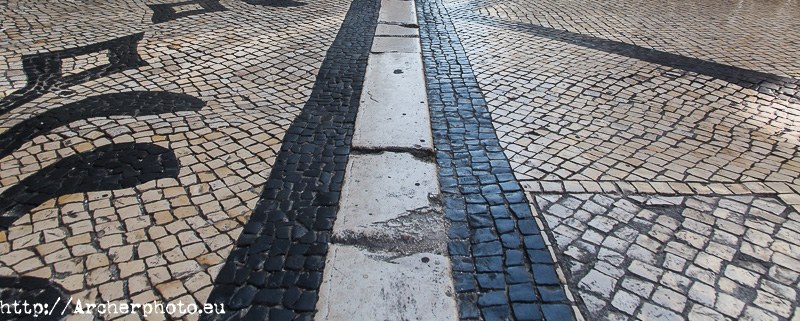
This land, known as “Portuguese pavement”, has its origins in 1755. After an earthquake devastated the city, the Marquis of Pombal, the prime minister of King Jose I of Portugal, “the Reformer”, ordered the reconstruction of the road with the rubble which had left the catastrophe. Today you can enjoy the beautiful mosaics that cobblestones form throughout the old part of the capital.
La Baixa
Lisbon downtown: commercial area. It starts at Praça dos Restauradores ( Restauradores Square) and ends at the impressive Praça do Comércio (Commerce Square). Here we could contemplate the sunset from the 360º viewpoint located at the top of the Arco do Triunfo da Rua Augusta (Triumphal Arch of Augusta Street).
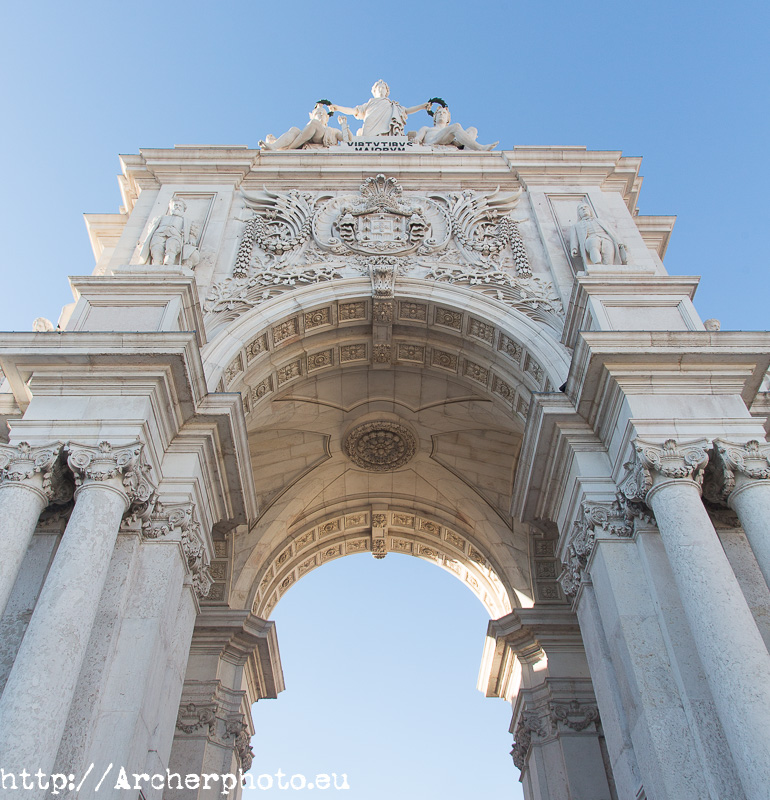
Already at night, we visited the Elevador de Santa Justa (Santa Justa’s elevator), which also offers excellent views of the whole city. The panorama is fantastic from this neogothic structure of 45 meters high, which was built in iron in 1900 and connects the lower and upper parts of the city. Over the years, it has ceased to be as functional as originally, to become more of a tourist attraction.
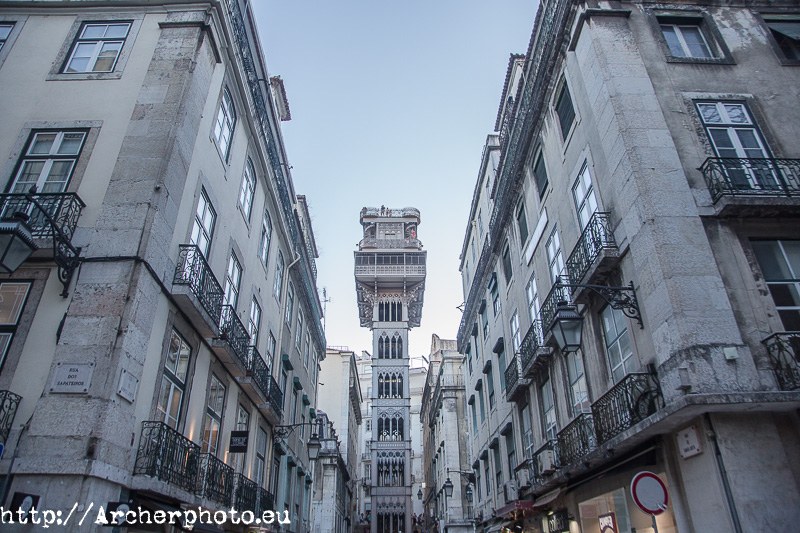
Chiado and Bairro Alto
Chiado is an elegant and bohemian area. Here Portuguese writers of the late nineteenth and early twentieth centuries met. Now it’s full of well-known brand stores and coffee shops. Many of them have preserved the aesthetics of the premises of the early twentieth century, both outside and inside. The combination of the new and the traditional is spectacular.
Praça Luís de Camões, one of the stages of the Carnation Revolution, marks the limits of the Chiado and Bairro Alto districts.
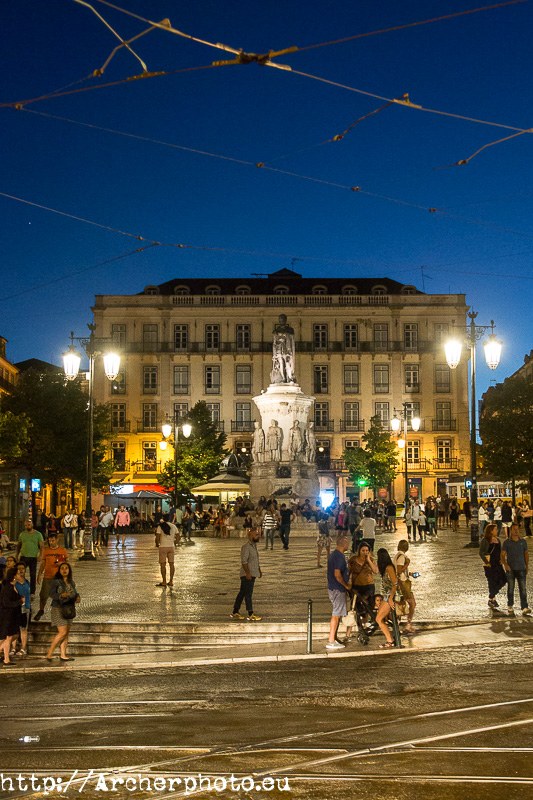
The Bairro Alto represents the most alternative Lisbon and is located in the highest part of the city. If you are brave you can walk up its slopes, or if you prefer, you can take the tram or the elevator. Its steep streets full of facades with graffiti are filled with people of all kinds looking for fun at night.
La Alfama
This old quarter of fishermen and cradle of the fado, has a special charm that is perceived when walking through its streets. It is located at the foot of Castelo de São Jorge (Saint George’s Castle) and among its old houses is Casa dos Bicos (Beaks House), with an original stone façade in the form of a pyramid, which was built in 1523. Currently it is housing the Jose Saramago’s foundation.
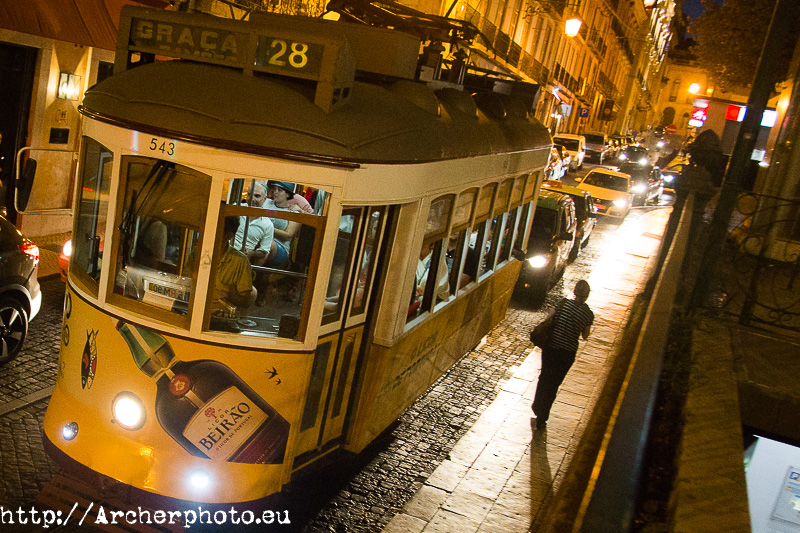
In the evening, we took the famous tram 28 from the Doctor António de Sousa de Macedo square, located in the Bairro Alto, to climb to the neighborhood of Alfama. The tram ride is a fun and enjoyable experience in Lisbon. It’s hard to believe that their wooden wagons climb their slopes at the speed they do. Sometimes they pass through streets so narrow that if you take your hand out the window you almost touch the wall of the houses. The fact is that we did not reach the end of the journey. We decided to get off at the Sé de Lisboa (Lisboa Cathedral), the capital’s cathedral and its oldest church. It was built in the 12th century and has survived several earthquakes. We went back on foot while watching the typical Portuguese restaurants and bars, which offer the best Fado shows.

Belém
Located west of Lisbon and in front of the Tagus River, it was one of the neighborhoods we liked the most. The Torre de Belém (Belém Tower) and the Mosteiro dos Jerónimos (Jeronimos Monastery) stand out.
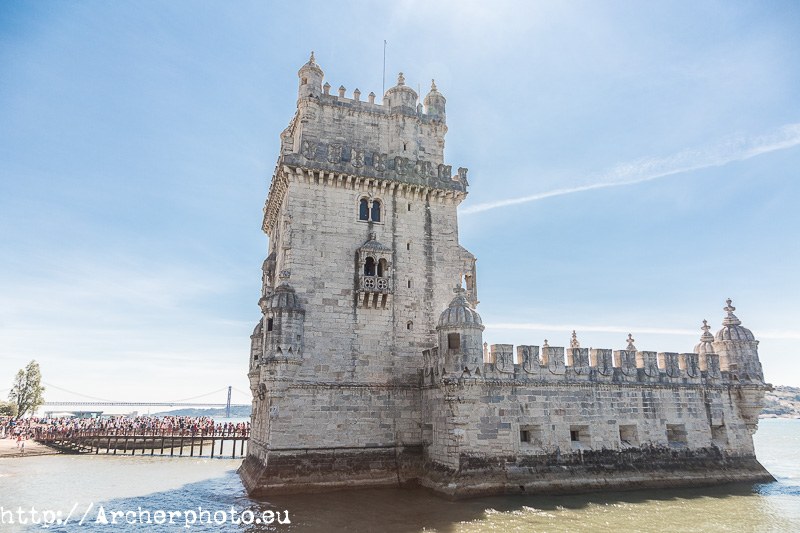
Both buildings, dating from the sixteenth century and Manueline Gothic style, are declared World Heritage. Seeing them, one wonders why this has not come out in Game of Thrones. Undoubtedly precious. The cloister of the monastery is possibly the most beautiful of all.
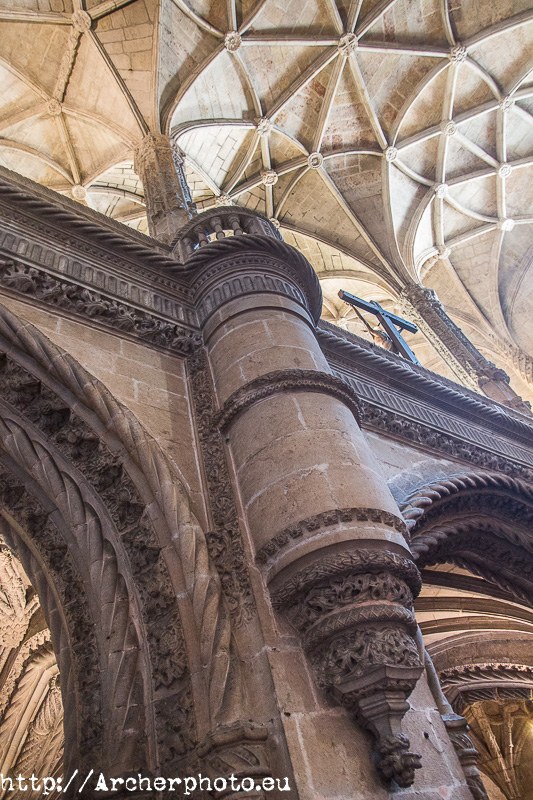
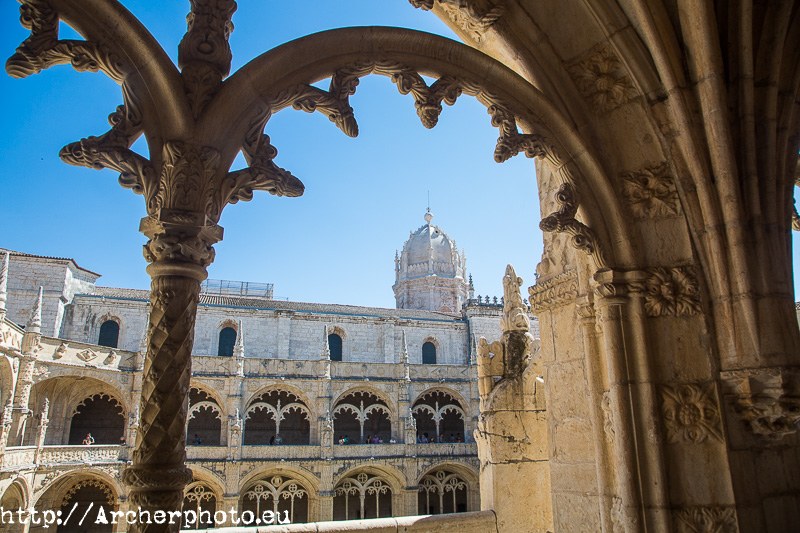
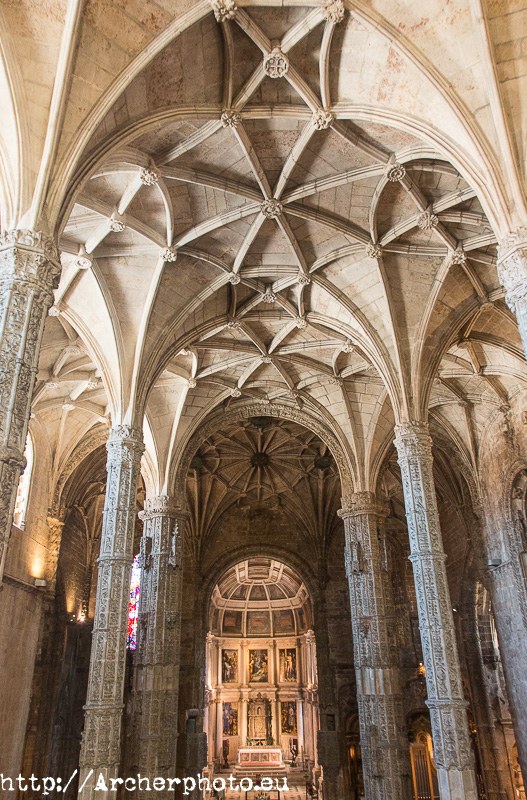
Back to the center of the city, we visited the National Museum of the Carriages (National Carriage Museum), which seemed as spectacular as the rest of what we had seen in Belém. This museum contains one of the most important European collections of royal carriages from the 16th to the 19th centuries and another one of fire engines. Nothing that can be seen there, as well as the 18th century palace that houses them, left us indifferent.
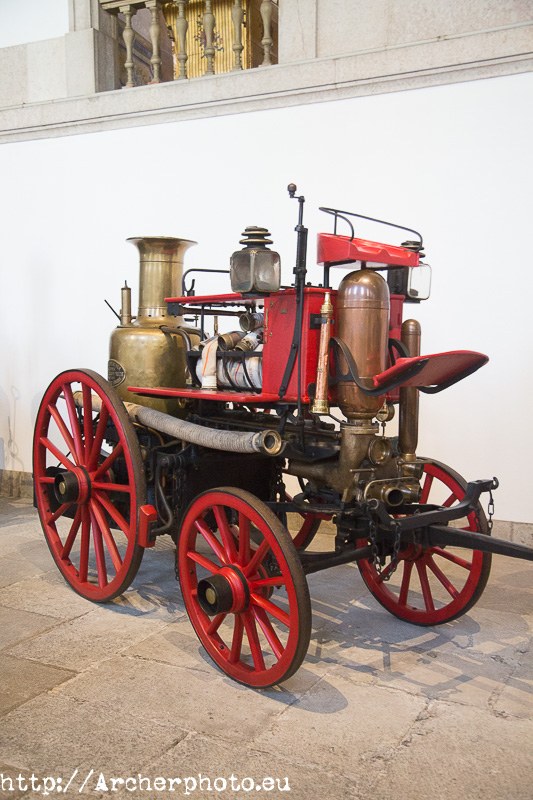
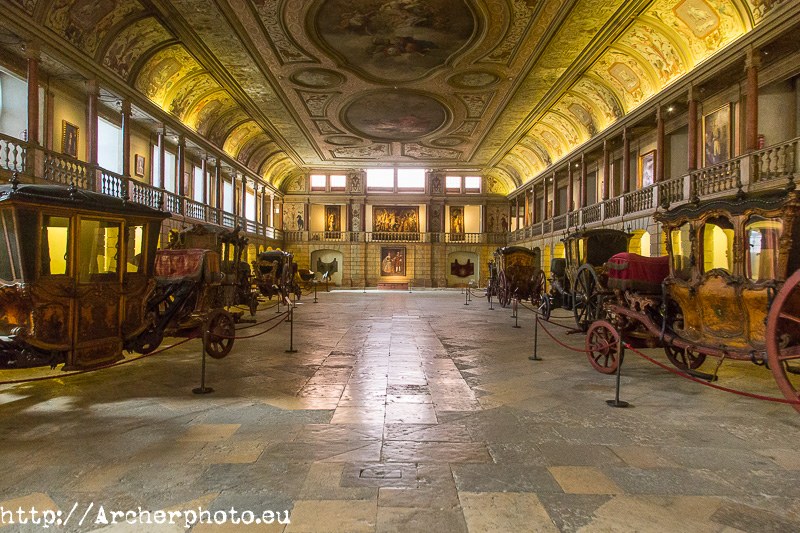
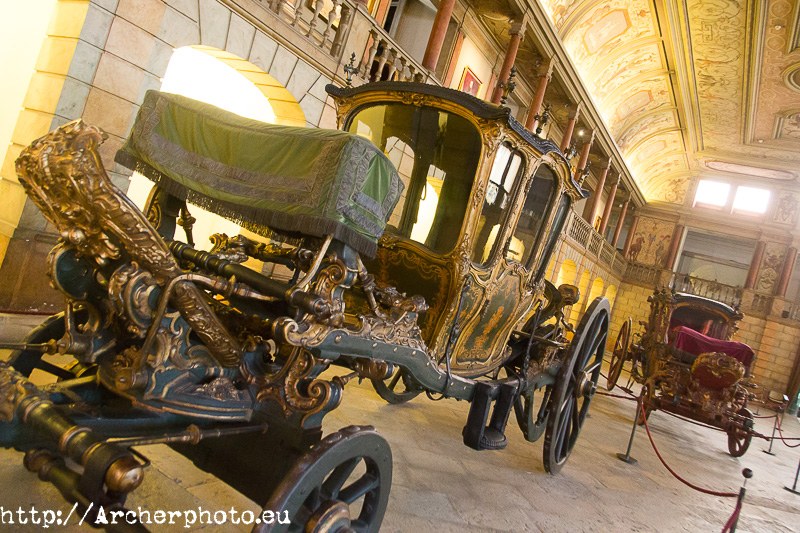
Parque das Naçoes
The translation is simple: Park of Nations. It is the most modern part of Lisbon, where the 1998 Expo was held. It stands out from other neighborhoods for its contemporary architecture. We arrived in the subway and got off at Estaçao do Oriente (Estación de Oriente), the work of Santiago Calatrava. We are so familiar with its style that when we saw it, it gave us the feeling of being in València.
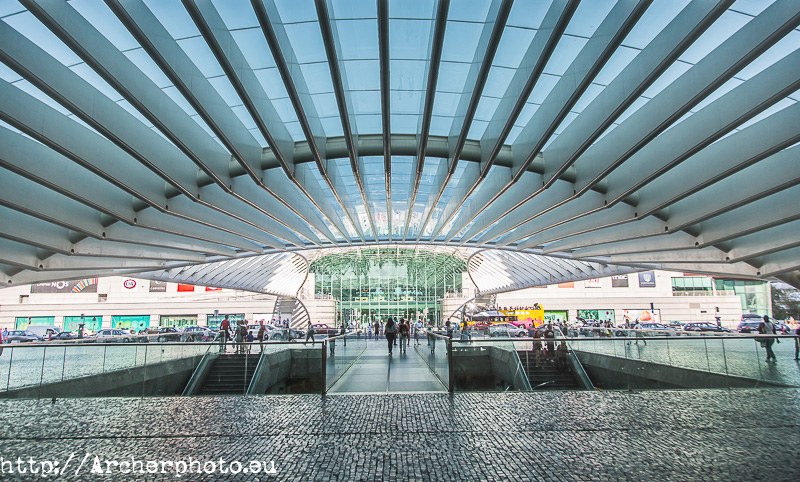
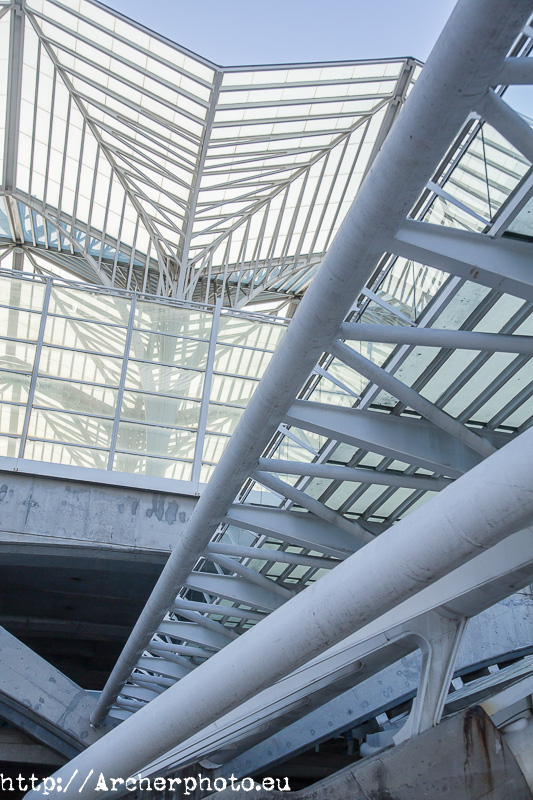
The park has the pavilions and venues inherited from the Expo, among which is the Torre Vasco da Gama (Vasco de Gama), which with its 145 meters is the tallest building in Lisbon. We would have loved to upload it but it is not accessible. A pity; sure the view from above is breathtaking. It is located in the middle of the Tajo Estuary, where the longest bridge in Europe is 12.3 kilometers away. We could have climbed the cable car but it did not reach so high and we did not enjoy ourselves so much.
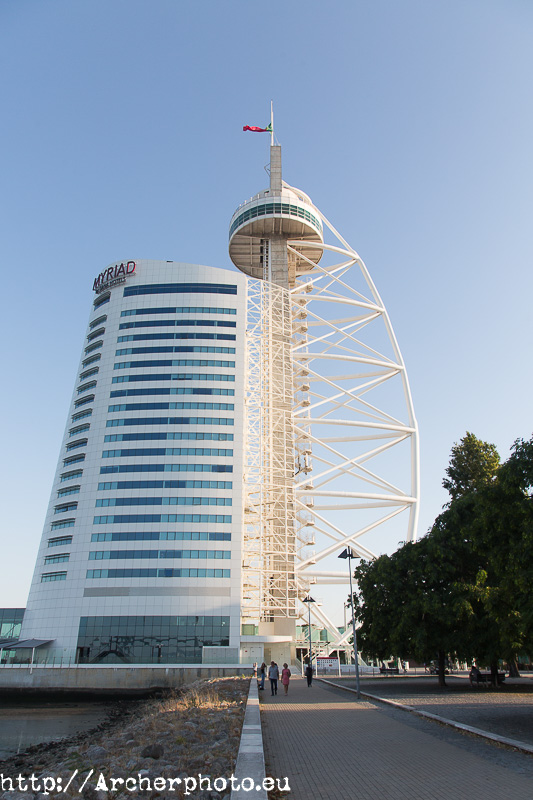
That afternoon was the most relaxed we had because, although we did not stop, we got rid of slopes and cobblestones for a few hours. We walked around the area, which does not get rid of runners fever; We visited the mall and had coffee. We are still surprised at how cheap it is there (€ 0.70).
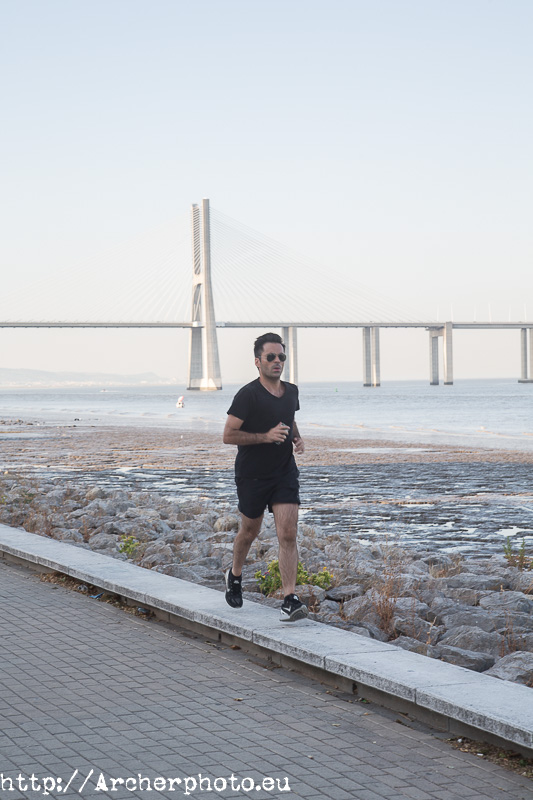
Lisbon deserves all the attention
In short, a very, very recommendable trip. The flight from València is less than two hours (752 km) and pass quickly. The food is good and not very expensive. The people are very friendly and there is not much problem with the language. Besides that Portuguese is not difficult to understand, in many places they also speak Spanish. We plan to return and learn more about our neighboring country.
Photography and translation (if you seee some mistake, it’s been me) by Sergi Albir (Archerphoto). If you need content for your website or your company, be it photos, texts, or video, you can contact us at sergi@archerphoto.eu or +34644459753.
Si quieres leer este post en español, estás de suerte: https://www.archerphoto.eu/post-invitado-unos-dias-en-lisboa/
